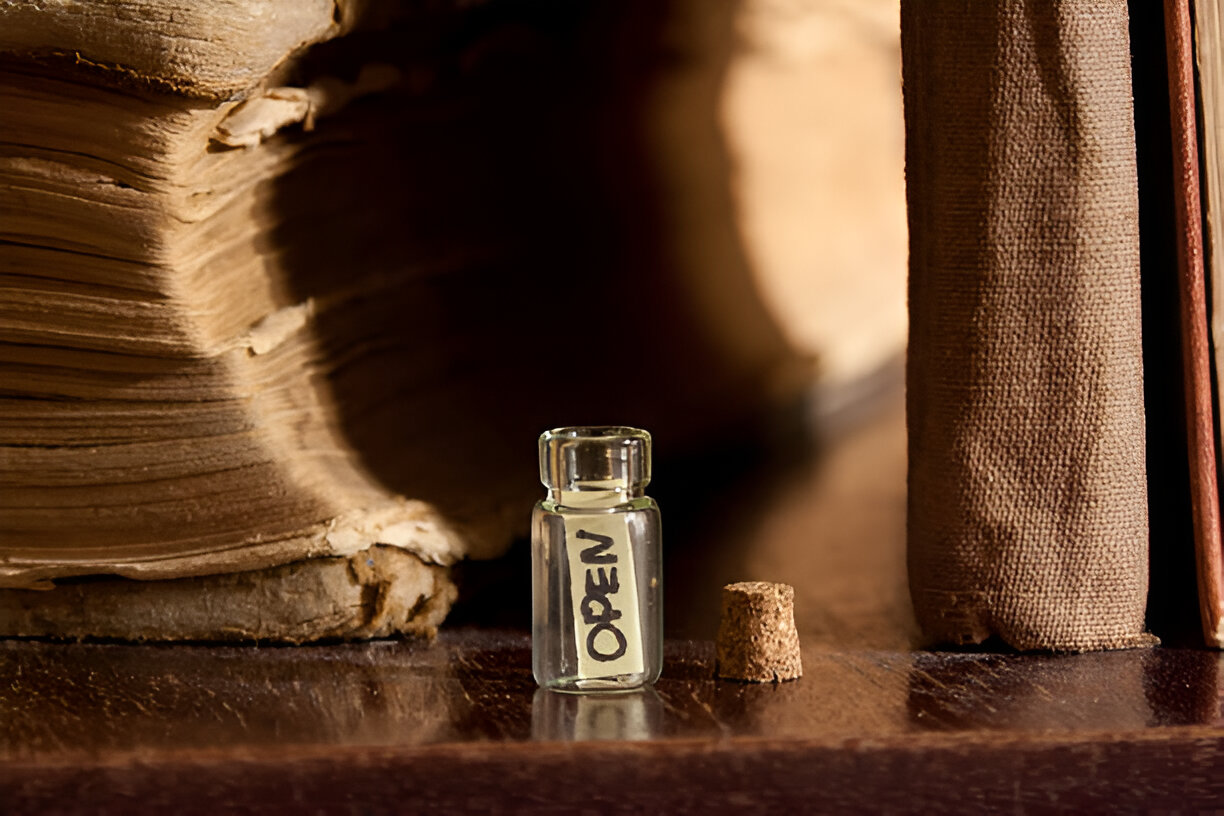Imagination has always been the spark that fuels creativity, innovation, and personal growth. From childhood storytelling to adult reflection, the act of recording one’s thoughts allows individuals to explore deeper layers of their experiences and dreams. One of the more whimsical yet effective tools that has emerged in recent years is the creative journal in a bottle, a unique blend of play, reflection, and narrative exploration. These journals are not conventional notebooks; instead, they are small scrolls or folded pieces of paper tucked inside bottles, waiting to be discovered, unrolled, and written upon. This imaginative approach has captured the attention of educators, learners, and creative thinkers who are searching for new ways to unlock their stories, reflect on their journeys, and embrace fresh perspectives anywhere they go.
Why Bottled Journals Ignite Imagination
Traditional journaling is valuable, but it can sometimes feel like a task rather than an adventure. A blank page may appear intimidating, causing hesitation and self-doubt. The journal in a bottle changes the context: instead of writing into a book, the act becomes a playful challenge. What will fit into this small slip of paper? Which thought is important enough to be sealed away and discovered later? The limitation fosters focus, and the physicality of rolling up a message, sealing it, and placing it in a bottle creates a ritual that feels intentional and memorable.
Connection to Learning and Growth
Journaling has long been recognized as an effective strategy for reflection and deeper learning. It allows individuals to process knowledge, identify gaps, and personalize experiences. When combined with the imaginative format of a bottled journal, the process moves beyond simply recording facts. Learners are invited to create stories, metaphors, and reflections that strengthen memory and broaden understanding.
Imagine a classroom where each student has a journal bottle. After a lesson, instead of completing a worksheet, students write a short reflection, question, or story inspired by what they’ve learned, then tuck it into the bottle. Weeks later, they revisit the entries to see how their thoughts have evolved. The practice provides an experiential loop of reflection, discovery, and growth—helping them internalize knowledge in ways that feel personal and meaningful.
This method also aligns with the psychological need for autonomy and creativity in education. When learners are allowed to express themselves freely, they develop ownership over their ideas. This ownership, in turn, strengthens intrinsic motivation, which has been identified as one of the most powerful drivers of lifelong learning.
Role of Motivation in Learning Strategies
Every effective learning journey hinges on one essential factor: motivation. Without motivation, even the most carefully designed strategies fall short. Here is where journaling in a bottle reveals its true potential. By infusing creativity and playfulness into reflection, it directly supports motivation in learning strategies by making the process enjoyable and meaningful. Learners are more likely to engage with a method that feels adventurous rather than routine. Furthermore, the anticipation of future discovery—opening a bottle to read what was once hidden—creates a built-in reward system. This combination of curiosity, autonomy, and delayed gratification stimulates learners to stay committed.
Educational psychology consistently emphasizes that motivation is not just about pushing students to perform but about creating environments that allow them to find joy and value in learning. Bottled journals embody this philosophy by giving learners a tool that feels like a personal treasure chest rather than an assignment. The emotional connection formed through such practices strengthens resilience, encourages risk-taking in thought, and ultimately fosters a deeper love for learning.
Practical Ways to Use Creative Journals in a Bottle
The beauty of this idea lies in its flexibility. It can be adapted across settings and age groups, each with unique outcomes:
-
Classroom Reflection: Teachers can provide each student with a bottle and slips of paper. At the end of each week, learners write about the most impactful lesson, a question they still have, or a metaphor that captures their learning. At semester’s end, the bottle becomes a personalized archive of growth.
-
Creative Writing Prompts: Writers often face blocks when starting new projects. A journal in a bottle can hold prompts or half-formed ideas, which can later be drawn at random for inspiration. This keeps creativity flowing and reduces the fear of the blank page.
-
Team-Building Exercises: In professional settings, groups can use bottled journals to share anonymous reflections, ideas, or even compliments. Later, the team can open the bottles collectively, sparking conversations and building trust.
-
Personal Growth Capsules: Individuals can treat bottles as time capsules, writing down goals, reflections, or affirmations, and revisiting them after months or years. The act of rediscovery becomes a celebration of growth.
Beyond Journals
The journal in a bottle is more than a writing tool it is a metaphor for the human experience. Life often feels like sending messages into the unknown, uncertain of what will come back. By embracing this practice, learners symbolically acknowledge that creativity is not linear; it ebbs and flows, waiting to be rediscovered in unexpected ways.
Conclusion
Creative journals in a bottle represent the fusion of imagination, reflection, and play. They provide a tangible, symbolic way to engage with thoughts while transforming the act of journaling into an adventure. Whether used in classrooms, personal development, or creative writing, they unlock stories that might otherwise remain hidden. Most importantly, they illustrate how innovative tools can support motivation and make learning more engaging.

